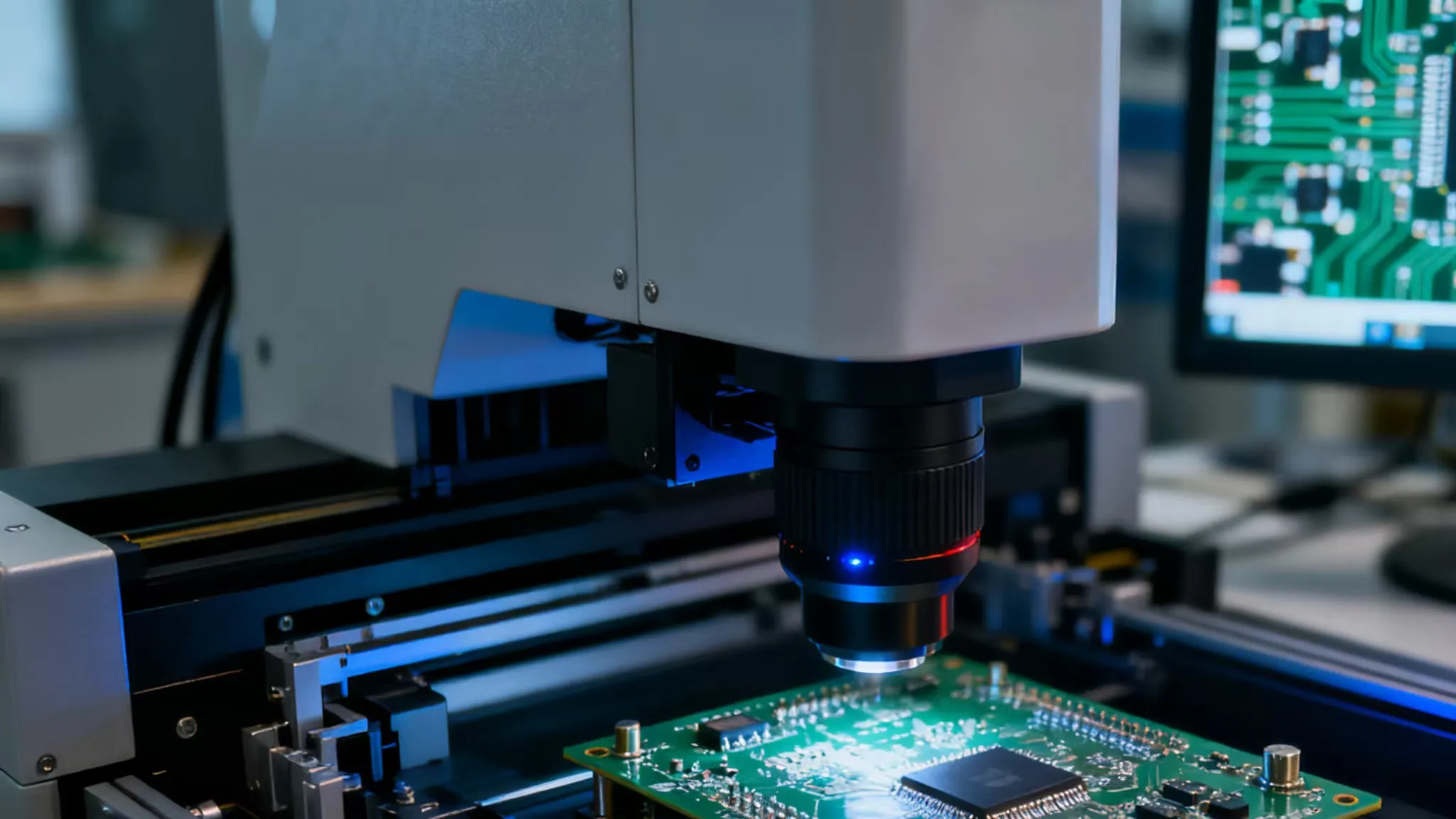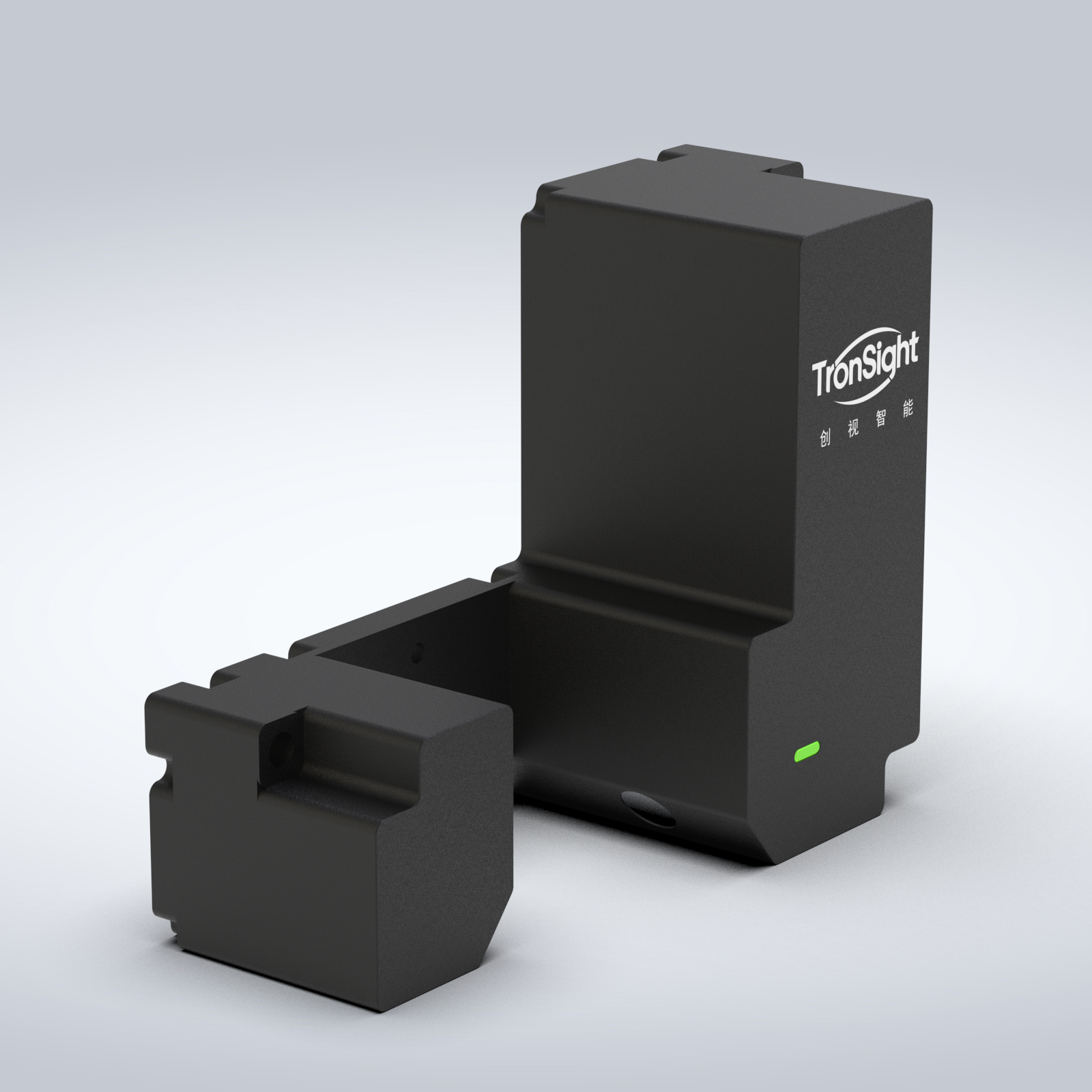TS-AF Series Coaxial Real-Time Autofocus Module | High-Speed Focus Solution for AOI Systems
Jul 29, 2025
In microscopic automated optical inspection (AOI), achieving and maintaining sharp focus is a constant challenge. Traditional autofocus mechanisms often struggle when dealing with high-magnification lenses, reflective or transparent surfaces, or rapidly changing topographies. This is where real-time autofocus (RTAF) steps in—not as a luxury, but as a necessity.

Why Traditional Autofocus Falls Short
Conventional autofocus methods rely on image contrast or stepwise focusing, which can be slow, imprecise, and prone to drift. In high-volume manufacturing environments—such as semiconductors, flat panels, AR/VR optics, and 3C electronics—this leads to significant inefficiencies. A momentary loss of focus can result in missed defects, lower yields, or costly re-inspections.
Research in semiconductor AOI systems confirms that focus errors directly degrade defect detection accuracy and throughput (Lee et al., 2019). At advanced technology nodes, even sub-micron defocus can compromise overlay and CD uniformity (Huang et al., 2017).
| Method | Principle | Features | Applications |
|---|---|---|---|
| Contrast AF | The Z-axis moves slightly back and forth to find the position with the highest image contrast (sharpness). | High precision; intuitive contrast evaluation; relatively slow. | Microscopy imaging, high-precision inspection. |
| Stepping AF | The Z-axis moves step by step, capturing an image at each step, then selecting the sharpest one as the focus. | Stable results; clear algorithm; moderate speed. | Industrial inspection, automated imaging, optical testing. |
| AOI AF (Area of Interest AF) | Calculates sharpness only within a defined Area of Interest (AOI) and focuses on that region. | Faster focusing; optimized for specific regions; robust in complex backgrounds. | Semiconductor inspection, PCB inspection, defect detection. |
The Case for Real-Time Autofocus
Real-time autofocus operates at tens of kilohertz frequencies, continuously adjusting focus without interrupting the inspection flow. This ensures that even under dynamic Z-axis motion or when scanning across warped/uneven samples, the imaging system remains in perfect sharpness.
In AOI, this translates to:
-
Higher defect detection rates
-
Stable imaging across reflective, transparent, and multi-layered samples
-
Reduced downtime and improved throughput
.gif)
TronSight TS-AF Series: Engineered for High-Speed Precision
TronSight’s TS-AF series real-time autofocus module, derived from the TS-P series of laser triangulation displacement sensors, is purpose-built for next-generation AOI challenges. Designed as a split-type module, it is fully compatible with over 98% of objective lenses and industrial microscopes available in the market.
Key specifications include:
-
Defocus detection resolution: 10 nm
-
Autofocus precision: ±0.5 μm
-
Autofocus speed: up to 160 kHz
-
High-magnification support: enabling stable imaging at high resolution

Product Models
| Parameter | TS-PD08 | TS-PD15 |
| Reference Distance | 8 mm | 15 mm |
| Measurement Range | ±0.8 mm | ±1 mm |
| Spot Diameter | 20 µm | 35 µm (or 35 × 1000 µm) |
| Repeatability | 0.03 µm | 0.05 µm |
| Sampling Frequency | Up to 160 kHz | Up to 160 kHz |
Applications Across Industries
The TS-AF series addresses diverse AOI needs in the pan-semiconductor sector:
-
Semiconductors: wafer surface and defect inspection under advanced nodes
-
Flat panels: large-area glass inspection with stable high-speed focusing
-
AR/VR: precision lens surface and coating inspection under high magnification
-
3C electronics: micro-defect detection in compact assemblies
By ensuring nanometer-level focusing accuracy at kilohertz speeds, TS-AF empowers manufacturers to achieve both throughput and precision—critical for today’s competitive markets.
Conclusion
In microscopic AOI, real-time autofocus is non-negotiable. Traditional approaches cannot keep pace with the demands of high-throughput, high-magnification inspection. TronSight’s TS-AF series provides the speed, precision, and compatibility required to maintain focus stability across semiconductor, display, AR/VR, and 3C applications.
With nanometer-level defocus resolution, sub-micron accuracy, and up to 160 kHz speed, TS-AF ensures that manufacturers can capture every detail without compromise.
TronSight — Precision Measurement Expert
References
Recent Posts

October 26, 2016
The Most Successful Engineering Contractor







